What is the best way to spray cucumbers against diseases and pests?
The cultivation of such an unpretentious culture as a cucumber is often complicated by the appearance of diseases and an attack of parasites, which can leave a gardener without a crop in a short time. It is necessary to recognize the ailment in a timely manner in order to then process cucumbers as efficiently as possible from diseases and numerous pests... Even if the problem has not yet arisen, it does not hurt to take preventive measures.
Processing cucumbers before sowing
Even a novice gardener can grow cucumbers. However, this culture is quite demanding on the observance of agricultural technology and, despite its resistance to most diseases, it is prone to rapid defeat by them.
The first problems may arise even at the stage of growing seedlings. Therefore, experienced gardeners pre-prepare the seed and land. In addition to hardening and soaking, the seeds are treated with one of the disinfectants.
- Potassium permanganate. The seeds are kept for 20-30 minutes in a bright purple saturated solution, then washed and prepared for planting.
- Bacterial drugs - "Baxis", "Fitosporin" and others. The seed of a cucumber is soaked in a solution for 1.5 hours, then dried.
All of these products destroy harmful fungi and bacteria from the surface of the seeds. Such a measure will help prevent many diseases.
The soil is pre-frozen, calcined in the oven or watered with disinfecting solutions:
- insecticides - "Aktara", "Thunder", "Iskra" (one month before sowing);
- fungicides - "Fitosporin", "Barrier", "Extrasol", etc .;
- a pale manganese solution (2 weeks before planting).
Further adherence to agricultural technology will contribute to the receipt of healthy seedlings. Strong plants are much more resistant to disease and parasites.
But diseases can affect a plant at any stage - in a glass on a windowsill, in a greenhouse or in an open field.
Fungal diseases of cucumbers
Fungi are the largest and most common group of microorganisms that affect cucumbers. When infected with them, spraying with EM preparations ("Fitosporin", "Baikal"), as well as compositions according to folk recipes, is effective:
- yogurt (kefir), diluted in half with water, with the addition of 1 drop of iodine for each liter of solution;
- milk whey, diluted with water 1: 1;
- a mixture of 5 components: 1 part of water and sour milk with the addition of 2 g of dry potassium permanganate, 40 g of liquid soap, 50 g of soda;
- infusion of ash (1 glass of dry matter in a bucket of water, stand for 24 hours and filter before spraying).
For some varieties of fungus, it is better to use individual control methods.
- Powdery mildew
Appears from excess moisture. A white bloom forms on the leaves on the upper side, then they wrinkle and die. The seedlings stop growing, the color and the ovaries crumble.
Prophylactic treatments with sulfur-containing preparations (colloidal sulfur or "Quadris") are effective with an interval of 10 days. A couple of weeks before harvesting the fruits, processing is stopped.
- Downy mildew
The disease destroys cucumbers very quickly. There are no 100% effective control measures. The lesion looks like a white-purple bloom on both sides of the leaf. The greens gradually turn brown, the plant dies. High humidity contributes to the development of the fungus.
For treatment and prevention, you will need copper preparations and fungicides - "Ridomil Gold", "Bravo", "Strobi" (they need to be watered or sprayed on cucumbers). A month before the ripening of the crop, processing is stopped.
- Various root rot
They are caused by fungi that live in soil. Weak plants are more prone to damage. Diseases of this group arise from frequent hypothermia (at temperatures below 16 degrees). The disease proceeds as follows: first, thin roots die, then plaque appears at the base of the stem, leaves wither, then the bush at the root begins to rot.
First of all, the gardener needs to shed the soil with pale potassium permanganate, increase the temperature of the earth and add a layer of fresh earth around the stems.
- Anthracnose, ascochitis and cladosporium
The symptoms of diseases are similar - spots and holes appear on the leaf plates, the fruits become covered with brown sores. Gradually, the entire plant begins to wither and die. Mushroom spores live on cucumber tops and can be carried by the wind.
For prevention and treatment, spraying with 1% solutions of copper-containing agents (Bordeaux mixture or copper oxychloride) is carried out every 7-10 days. A month before harvesting the fruits, processing must be stopped!
- White rot
The fungus is very dangerous, its defeat is manifested by the appearance of a white flocculent bloom with black specks throughout the plant. Then the affected areas become soft and slimy. The entire bush can die in 5 days.
The means of struggle are powerless - the dead plants are destroyed, and the land is cultivated with high temperatures or replaced with a new one.
Viral diseases
Viruses are living organisms, most often spread through seeds or from one plant to another in a variety of ways. Chemicals are powerless against viruses.
Preventive measures will be effective:
- control of weeds and insects sucking plant juices;
- buying virus-resistant seed varieties;
- treatment of inventory with alcohol, potassium permanganate;
- lowering the temperature in the greenhouse if it reaches 30 degrees;
- processing of dry seeds with high temperatures for 10 minutes (+ 50-70 degrees);
- destruction of diseased plants with roots, soil treatment with boiling water.
In addition, the gardener must observe the crop rotation - do not plant cucumbers in one place for 2 years in a row.
- Ordinary cucumber mosaic
Affects about 500 varieties of plants, including weeds. Lives in the roots of perennials, is carried by insects that feed on their sap. When damaged, the stem cracks at the base, the growth of the plant slows down, shapeless light spots appear and grow on the leaves, the leaf plates become smaller and wrinkled, the edges curl downward.
For prophylaxis and in the initial stage, a solution of "Farmayoda" 3% will help (only during the growing season).
- White mosaic
The fruits become gnarled, with large white spots, the veins on the leaves are covered with stars that look like a mosaic. In general, this type of virus is similar to the green mosaic.
- Green mosaic
Plants are stunted, fruits and leaves are covered with a green mosaic net. Transmitted from other plants during harvest or with water.
At the initial stage and for prevention purposes, spraying with 10% solutions of whey or skim milk will help, it is possible with the addition of iodine.
It is not very effective to "treat" seeds with high temperatures from green mosaic - the virus dies only when heated to 90 degrees, which is dangerous for the seed.
- Tobacco mosaic
The leaves are covered with a marble mosaic pattern, the affected fragments swell, then the leaf plates completely die off. The fruits become clumsy, the yield drops.
The parts of plants affected by the virus are cut off with a knife processed in alcohol or vitriol and destroyed.
Bacterial diseases
The most common infection in cucumber is bacteriosis. Another name is angular leaf spot. Outbreaks of the disease occur on the street or in a greenhouse when high humidity persists for a long time at a temperature of 18-24 ° C. At the same time, moisture is constantly present on the leaves.
The disease is manifested by the appearance of angular spots on any part of the plant.The fruits are affected by ulcers, rot.
For prophylaxis and treatment, preparations from hay sticks are used, during the growing season they are sprayed with a 0.7-1% solution of Bordeaux mixture, the temperature is raised.
Cucumber pests
A pest attack can cause tremendous damage to plantings in a short time. The gardener should carefully monitor the appearance of insects and not delay processing.
The most common pests found in cucumber beds:
- Aphid. Signs of damage: the leaves begin to curl and wrinkle, on the back of them you can see clusters of insects. Gradually, from aphid excrement, a sooty fungus settles on the plant.
- Whitefly. A whitish bloom appears on the leaves, later they turn yellow and dry out. On the back of the leaf, insects themselves are hiding in large numbers. If you disturb them, then they take off together.
- Spider mite. Thin cobwebs appear on the leaves; upon closer inspection, you can also see small ticks.
All these pests feed on plant juices and carry diseases that are dangerous for cucumbers. Control methods:
- mechanical (manual collection of parasites, washing the leaves with a soap solution);
- biological (densely spray the bushes with infusions of ash, soap, garlic, wormwood, etc.);
- the most effective is chemical (to treat crops with such insecticides as "Actellik", "Fufanon", "Confidor", etc.).
After processing with pesticides, it is necessary to wait for the allotted time before harvesting. You need to use poisons strictly according to the instructions.
Since a healthy and strong plant is less susceptible to the influence of diseases and pests, it is extremely important to adhere to agricultural technology: it is impossible to thicken the plantings, allow the soil to dry out excessively, flood or create a stuffy atmosphere in the greenhouse, damage the stems and leaves, and fertilize too much. A good precaution would be to purchase seeds only from a reputable producer. Prevention and timely treatment will minimize all risks, and cucumbers will delight you with a good harvest until autumn.

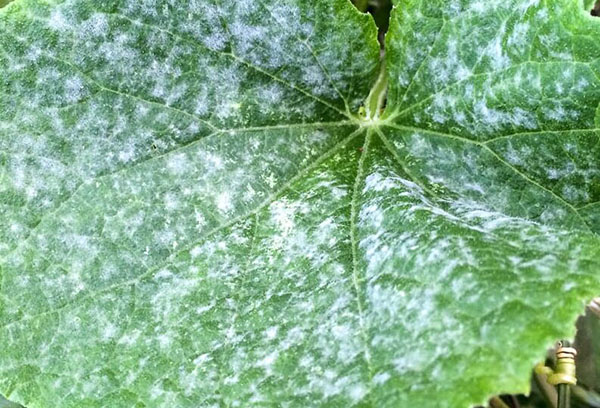
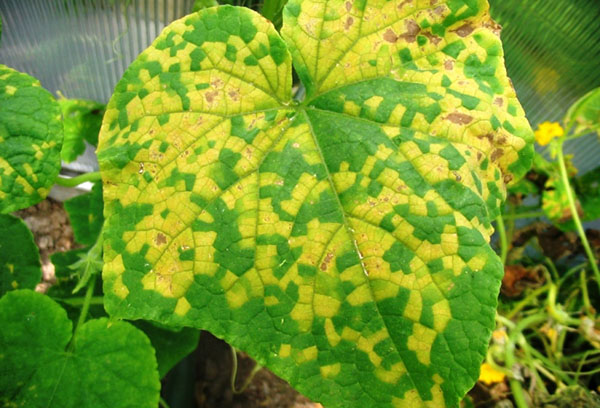


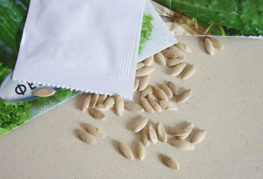
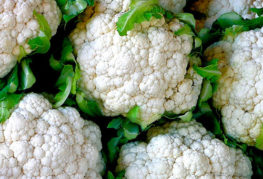
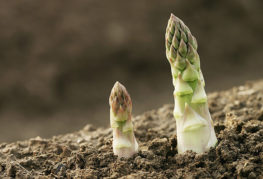
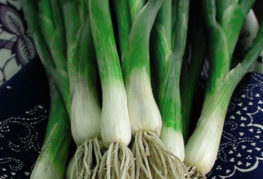


and will be published shortly.